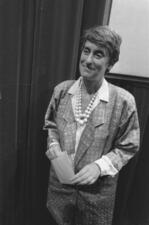
Judith Herzberg
Judith Herzberg is a Dutch Jewish poet, essayist, screenwriter, and professor who has been hailed as one of the greatest living Dutch poets for her ability to imbue everyday objects with unexpected meaning. Making her debut as a poet in the early sixties, Herzberg has written poems, essays, plays, film scripts, and television dramas, with many translations and adaptations to her name.
Bertha Beitman Herzog
Bertha Beitman Herzog was an active participant in local and national women’s associations in Cleveland, Ohio. From 1928 to 1930, Herzog served as the first woman president of the Jewish Welfare Federation (later the Jewish Community Federation) in Cleveland, and she received the Charles Eisenmann Award for outstanding community service in 1941.

Susannah Heschel

Beth Bowman Hess
Beth Bowman Hess was a feminist sociologist and gerontologist whose leadership, scholarship, teaching, service and mentoring were a model for many women. She brought a humanist and feminist sensibility to gerontology by discussing the difficulties the elderly faced not as problems inherent in older people, but as problems in the social order that should be confronted and changed.
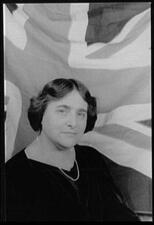
Dame Myra Hess
One of Great Britain’s most famous classical pianists, Dame Myra Hess had the idea of setting up lunchtime concerts at London’s National Gallery during the Second World War. The success of those concerts made Hess an international star, and the honor of Dame of the British Empire was conferred upon her in 1941.

Nini Hess
In the years between 1914 and 1933, numerous significant personalities in art, culture, politics, society and sport met in the photographic portraiture studio of Nini and Carry Hess. With their technical and aesthetic brilliance, the sisters were among the leading photographers in Germany of the time.
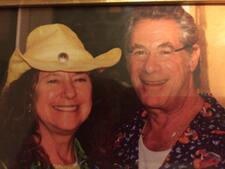
Susan Hess
Eva Hesse
Eva Hesse created innovative sculptural forms using unconventional materials such as latex and fiberglass and gave minimal art organic, emotional, and kinetic features. She scorned the decorative, creating sculptures out of repeated units which embodied opposite extremes. Her large fiberglass and latex works are recognized as major works of the 1960s artistic era.

Judith Heumann
Judith (“Judy”) E. Heumann, a founder of the disability rights movement, is an internationally acclaimed leader of the disability community. Based in Washington, D.C., Heumann has been instrumental in the development and implementation of disability rights legislation.
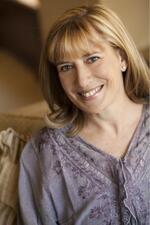
Anne Heyman
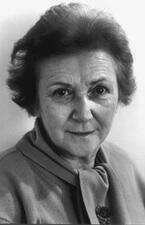
Clara Heyn
Botanist Clara Heyn’s most significant achievement was her work with the plant family Leguminosae, especially the genus Medicago. She was an excellent botanist, teacher, and colleague.
Higher Education Administration in the United States
Higher Education in Central Europe
Jewish women were disproportionally represented at Central European universities before WWI and during the interwar years. Acculturated Jewish society saw higher education as a way of integrating itself into the educated bourgeoisie. Attending university offered women greater personal independence, even as they faced antisemitism and ridicule.

Etty Hillesum
Etty Hillesum’s diary, which she kept between 1941 and 1943, is the only extant source about her. Explicit in both its expression of sexuality and profession of faith, Hillesum’s diary reflects a mature, nonconformist Dutch woman attempting to grapple with the changing landscape of her internal and external worlds.
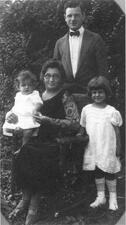
Bessie Abramowitz Hillman
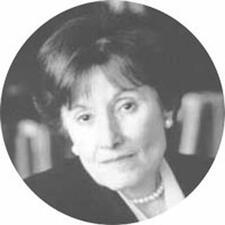
Gertrude Himmelfarb
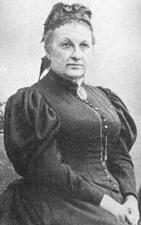
Jenny Hirsch
Born to an impoverished Jewish family, Jenny Hirsch became very involved with the German women’s movement as a writer and editor. She served both as secretary and editor of the monthly journal for the Lette Society, an alliance of German associations related to women’s work.

Nurit Hirsch
Nurit Hirsch is one of the most prolific and varied writers of contemporary Israeli songs. Hirsch was the first Israeli composer to participate in the Eurovision Song Contest, winning fourth place in 1973. She composed the music for fourteen films, wrote numerous children’s songs, and won third place at the first festival of Hassidic music. Today Hirsch's repertoire contains around 1,600 songs.
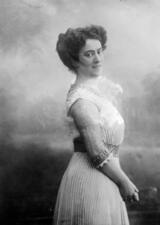
Rahel Hirsch
Physiologist, physician, and teacher Rahel Hirsch worked for nearly two decades at the Medical Clinic of the Berlin Charité, eventually as the head of a polyclinic and a professor. Yet Hirsch was never paid at the Charité; she left in 1919 and opened a private practice. Hirsch emigrated to England in 1938, working as a laboratory assistant and librarian, but she struggled with mental illness and died in a psychiatric hospital in 1953.
Dorothea Hirschfeld
Too old, not properly educated, a member of the Social-Democrat Party, and a Jewish woman, Dorothea Hirschfeld nevertheless succeeded in entering the civil service at the age of forty-three. She directed the Berlin Center for Social Work and Care of the Poor in Berlin from 1924 to 1929, and despite being pushed out of work by the Nazis, survived deportation and remained in Germany until her death in 1966.
Elizabeth Slade Hirschfeld
Gertrude Hirschler
A celebrated translator of deft skill and a woman of great principle, Gertrude Hirschler refused to translate, edit, or publish any book that did not mesh with her ideals or beliefs. Hirschler’s literary contributions are highly regarded in the areas of Jewish history, the Holocaust, religious literature, and Zionism.
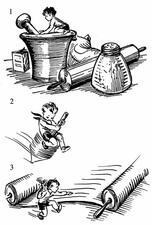
Marilyn Hirsh
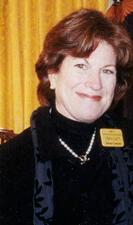
Judith Hirshfield-Bartek
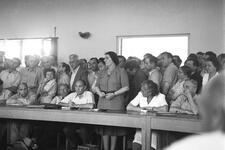
Histadrut
Histadrut (the General Federation of Workers) was founded in 1920 to bring together Jewish workers who had recently arrived in Palestine. Though the organization proclaimed equal treatment and opportunities for women and men workers, the reality was not so simple.


